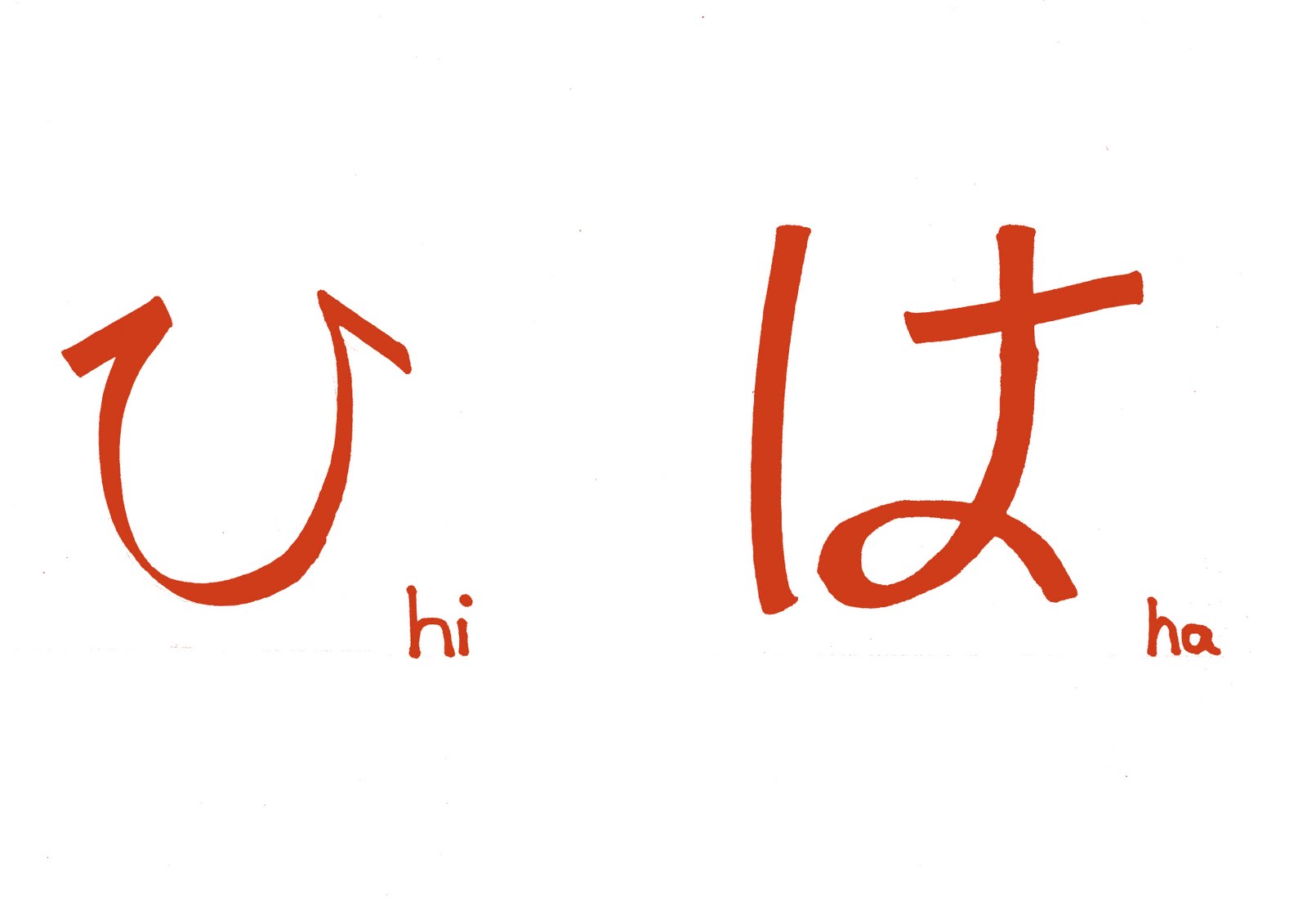Understanding "Hi In Japanese": The Art Of Greetings
When it comes to learning a new language, greetings are often the first thing we encounter. In Japanese, the word for "hi" is not only a simple salutation but also a reflection of the culture's deep respect and formality. Understanding how to say "hi" in Japanese opens the door to a rich tapestry of communication that goes beyond mere words. This article will explore the various ways to greet someone in Japanese, the nuances involved, and the cultural significance behind these greetings.
Japanese culture places immense value on politeness and respect, which is evident in the language's greeting conventions. The most common way to say "hi" in Japanese is "こんにちは" (konnichiwa), which translates to "good afternoon." However, there are numerous other expressions that can be used depending on the time of day, the situation, and the relationship between the speakers. By delving into these phrases, learners can appreciate the beauty of the language while also honing their conversational skills.
In this article, we will address several questions about "hi in Japanese," exploring its various forms, cultural implications, and proper usage. Whether you're a beginner in language learning or someone looking to deepen your understanding of Japanese greetings, this guide will provide valuable insights and tips to enhance your communication skills. So, let's embark on this linguistic journey together!
What is the Most Common Way to Say "Hi" in Japanese?
The most universally recognized greeting in Japanese is "こんにちは" (konnichiwa). This term is typically used during the daytime and is equivalent to saying "good afternoon" or simply "hi." However, it’s important to note that the greeting may change depending on the time of day.
What Are Other Variations of "Hi" in Japanese?
In addition to "konnichiwa," there are several other expressions that can be used at different times:
- おはようございます (ohayō gozaimasu) - Good morning (used in the morning)
- こんばんは (konbanwa) - Good evening (used in the evening)
- やあ (yā) - Informal "hi" (used among friends)
How Do You Respond to "Hi" in Japanese?
Responding to greetings in Japanese is just as vital as initiating them. Typically, you can reciprocate with the same greeting. For example, if someone says "konnichiwa," you can reply with "konnichiwa" as well. This exchange reinforces social bonds and shows mutual respect.
Why is Politeness Important in Japanese Greetings?
In Japanese culture, politeness is a cornerstone of social interaction. The way you greet someone can convey your level of respect and familiarity. Using appropriate greetings helps to establish a positive tone for the conversation and indicates your awareness of social hierarchies.
Can "Hi in Japanese" Change Based on the Relationship?
Absolutely! The way you greet someone can vary significantly based on your relationship with them. For example:
- If you're greeting a superior or someone you don't know well, you would use "konnichiwa" or "ohayō gozaimasu."
- With friends or peers, you might opt for the more casual "yā."
What Cultural Context Should You Be Aware of When Saying "Hi" in Japanese?
Understanding the cultural context is essential when using Japanese greetings. It's common for Japanese people to bow while greeting, as this gesture signifies respect. Additionally, the time of day and your setting can influence which greeting you should use, further emphasizing the importance of context in communication.
What Are Some Tips for Learning Japanese Greetings?
As you embark on your journey to learn how to say "hi in Japanese" and other greetings, consider these helpful tips:
- Practice with Native Speakers: Engaging in conversation with native Japanese speakers can help you grasp the nuances of different greetings.
- Listen to Japanese Media: Watching Japanese movies, anime, or dramas can expose you to authentic greeting scenarios.
- Use Language Learning Apps: Many apps focus on conversational skills and can help you practice greetings.
How Can You Make Your Greetings More Authentic?
To make your greetings feel more authentic, consider incorporating body language, such as bowing. Additionally, using the appropriate level of politeness based on the situation will enhance your communication experience. Remember, language learning is not just about words—it's also about understanding the culture behind them.
Conclusion: Embracing "Hi in Japanese"
Learning how to say "hi in Japanese" is just the beginning of your journey into the beautiful world of Japanese language and culture. By mastering various greetings and understanding their significance, you will not only enhance your conversational skills but also build meaningful connections with Japanese speakers. So, embrace these greetings with confidence and respect, and watch as your interactions flourish!
Article Recommendations
- Movierulz 2023telugu
- Recall On Ramen Noodles 2024
- 15 Year Karmic Cycle Ending Meaning
- Juliette Norton
- John Alvin Actor
- Rege Jean Page And Emily Brown
- Best Clone Troopers
- Leslie Charleson
- August Taylor
- Katy Perry




